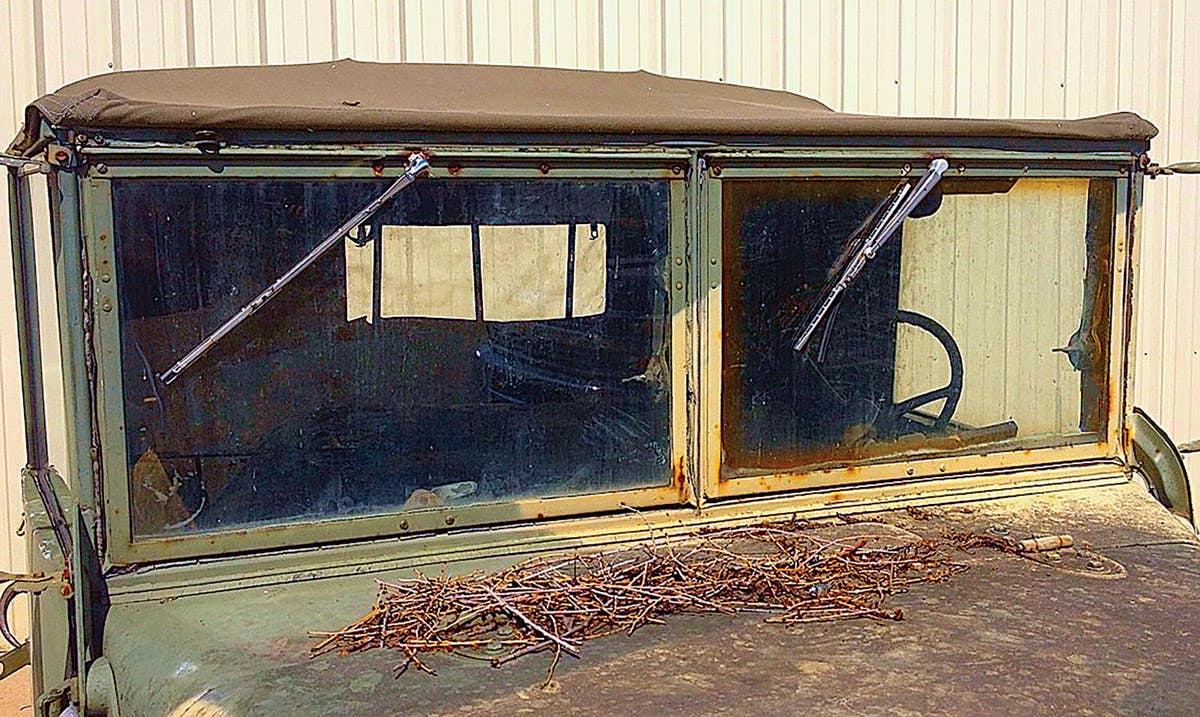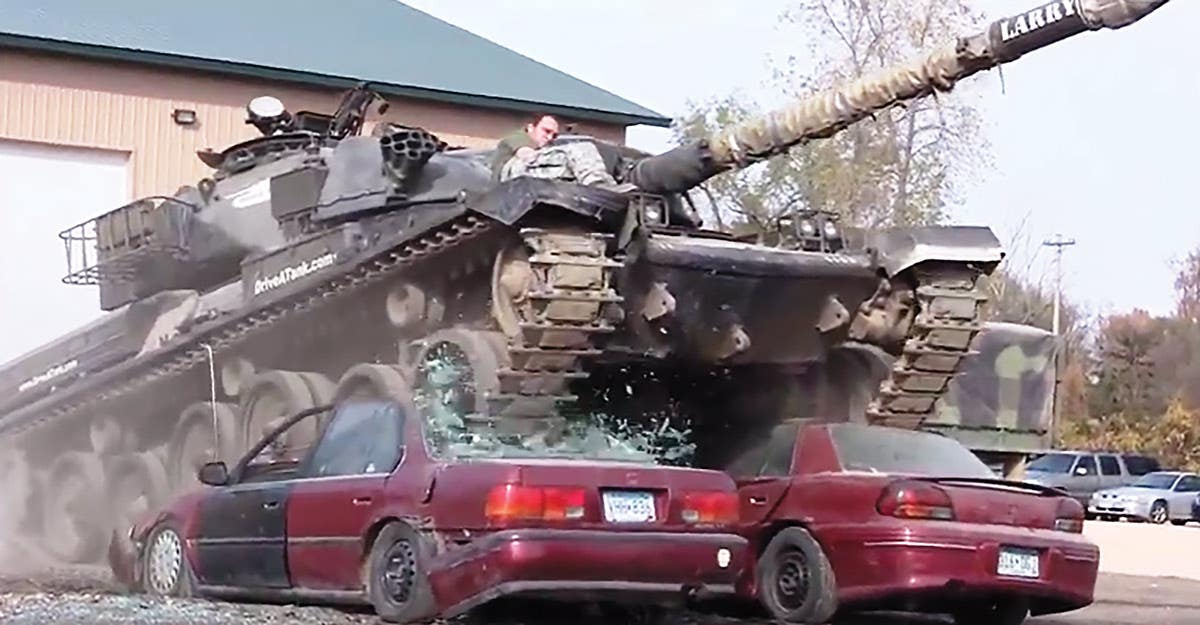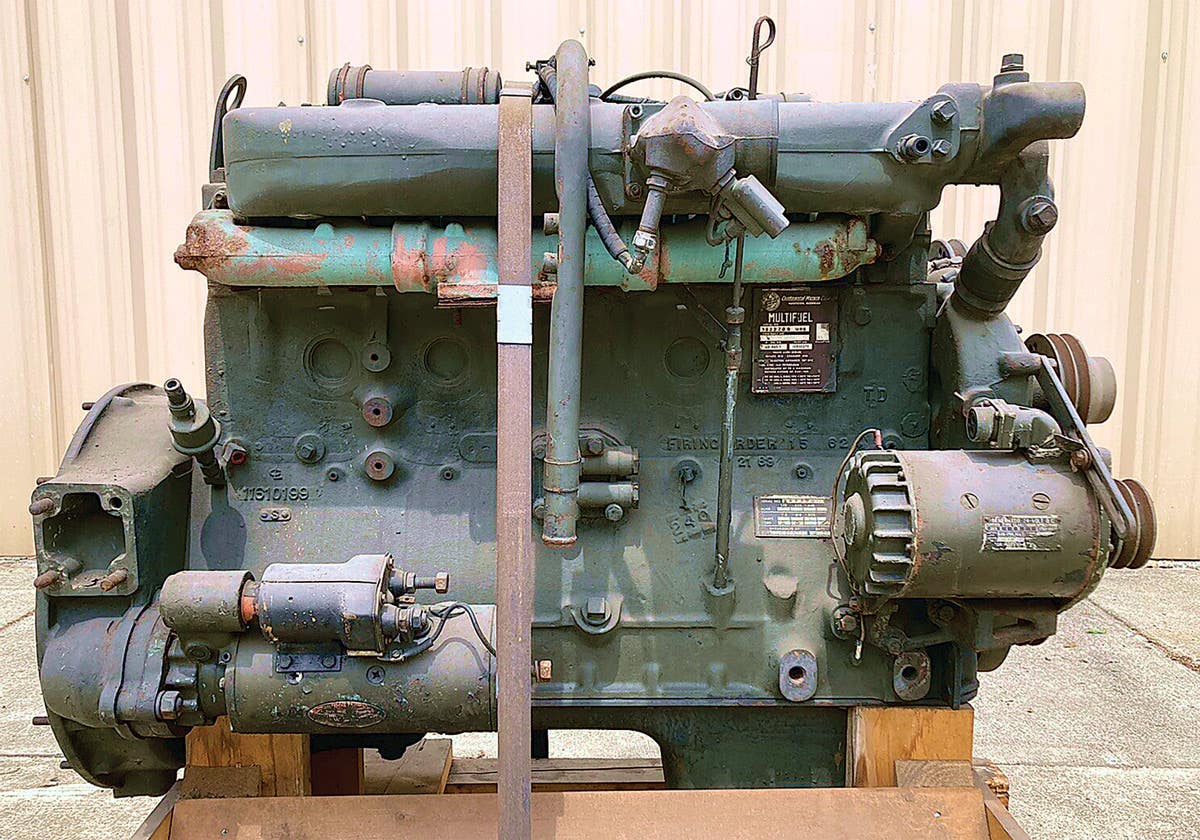Passing Of Peter Gray—one of the original HMVers in the UK
by Nigel Hay As he stumbled out of the German prison gates on May 8th 1945, the young Peter Gray had no idea what the future held for him and…
by Nigel Hay
As he stumbled out of the German prison gates on May 8th 1945, the young Peter Gray had no idea what the future held for him and probably didn’t realize how the occupation would actually have a lasting effect on him….
With a natural distaste for authority, 13 year old Peter didn’t take kindly to the Nazi invasion of the Channel Islands. As a resident of Jersey he was determined to cause the Germans some problems and got in various scrapes with them, mainly for acts of vandalism, which because of his age were dealt with by a good dressing down and repeated incidents resulted in being sent to the notorious Haut de la Garenne children’s home – which Peter described as “truly sinister”. He was also forced to work for the Germans in their artillery workshops and thus he developed mechanical and engineering skills the German way – as well as learning a lot about guns and explosives. After an explosion that blew out a shop front, the Germans put out wanted posters for “Der Junger” – as they didn’t know who was responsible but that it was a teenager. Peter was actually denounced by a neighbour because he had a clandestine radio and he was put in prison where he remained until the end of the war. Still under 18, he wasn’t sent to a prison camp in Germany - or worse – executed.
Post war austerity didn’t worry him, his new found skills enabling him to do a variety of engineering jobs and then he fell into a long term love affair – with Harley Davidsons, especially the WLA military models which were being surplussed in large numbers . He soon became a very skilled rider of these powerful bikes as well as a highly proficient Harley mechanic. Riding for Cinzano, Peter did six Tour de Frances in the early 1950s as part of the publicity caravan that precedes the actual race by an hour. This included riding the bikes standing up on the saddle with arms outstretched through selected towns each day. The team of ex army WLA’s (also in use by the French police at that time before they moved to BMW’s) were serviced each night by Peter.
By the 1960s, Peter was re-engineering war surplus Diamond T’s for the construction industry and embarked on another long term love affair with military vehicles. These were being used by farmers and hauliers - there were no collectors then. A fluent French speaker, Peter knew where to buy surplus vehicles and importantly spare parts and started to import from France. After attending some of the embryonic steam and vintage shows run by John Carter, Peter and his friend George Kimmins started the “Hell on Wheels Display Team” who would ride Harley’s through burning hoops and delight the crowd with their unique stunts. For the public this was much more entertaining that static displays. Soon other military vehicles joined the display and in 1969 Peter founded the Military Vehicle Conservation Group (MVCG) which later became the Military Vehicle Trust.
Realising that a great deal of fun could be had with military vehicles, Peter decided to run the first military vehicle tour of Normandy in 1974. He had many contacts in France and arranged routes where towns en route would offer the convoys “Vin d’honnuer” – often several times a day which made life interesting. The first tour was so successful that he continued to organise tours over a 20 year period to other ETO battlefields such as the Ardennes, Arnhem and a parade down the Champs Elysee in 1976 to commemorate the liberation of Paris. That first tour spawned the (now) vast anniversary events that many of us take part in every five years.
Enthusiasts whose high spirits kept Pete awake on these tours were reprimanded, via his loud hailer “we know who you are” - and soon T shirts with his catchphrase started appearing around the campsites and MVCG rallies. Military vehicle clubs such as MVCG France and MVCG Belgium and Keep Them Rolling in Holland sprang up to join in and soon PG’s tours were truly international events.
Peter would always share his interests and his knowledge - often with complete strangers and it’s fair to say that many newcomers to the hobby would have probably lost interest if they hadn’t had direct contact with Peter – who normally knew how to do a particular job or workaround it, or where to get the parts. He had a “roll your sleeves up and join in” approach to other enthusiasts.
His enthusiasm was infectious and he was never a man to take “no” for an answer. So when Pounds Yard refused to let him buy an M10 tank destroyer that was lying, engineless in their yard, PG as we all called him by then, just kept asking them and eventually in a complete turnaround , the owner agreed to let him buy it at pretty much scrap metal value and base himself in a Bedford QL for the 10 weeks it took him to get the tank running and drive it out of their yard. I doubt anyone else has done anything like that. The M10 was unveiled at the 1980 Thruxton show and then it went off to Normandy – complete with a WW2 veteran tank driver to take part in an anniversary tour as about the only licence he didn’t possess was for a track laying vehicle.
Just before the trip PG wanted to change the tracks on his M10 before he left his yard the “702 Motor Pool” in Worthing and invited a group of visiting Australian enthusiasts to do the change while he went off to make some last minute arrangements for the tour. On his return he growled – “you put them on back to front” so off the tracks came and were refitted again – only then did he serve supper to the helpers.
There are thousands of anecdotes about Peter – who was for a long time the figurehead of the military vehicle preservation movement.
From humble beginnings, Peter’s efforts drove the hobby towards the level it is at today and in 2002 he was awarded The Bart Vanderveen Challenge Shield - for the individual, chosen by nominations, who has contributed most to the military vehicle preservation movement.
Having started the military vehicle hobby, which has grown worldwide, Pete also got heavily involved with another love of his life – steam railways. He moved to Normandy and obtained his Steam Railway operator’s licence. He lived in an abandoned railway station at Caligny which he restored and bought a collection of rolling stock and a 1930’s Paris railcar. He was always hoping to be able to restore and run a steam train on his own line.
Ironically the day he passed away, he was due to host a railway enthusiast’s event at his home.
Peter’s legacy is enormous. When we gathered to say farewell to Peter, the common thing we all seemed to say to each other was “If it wasn’t for Pete Gray, none of us would have ever met – and we probably would have lost interest in military vehicles – let alone had many years of fun and friendship."
Yes Peter, it was all your fault.—Nigel Hay







